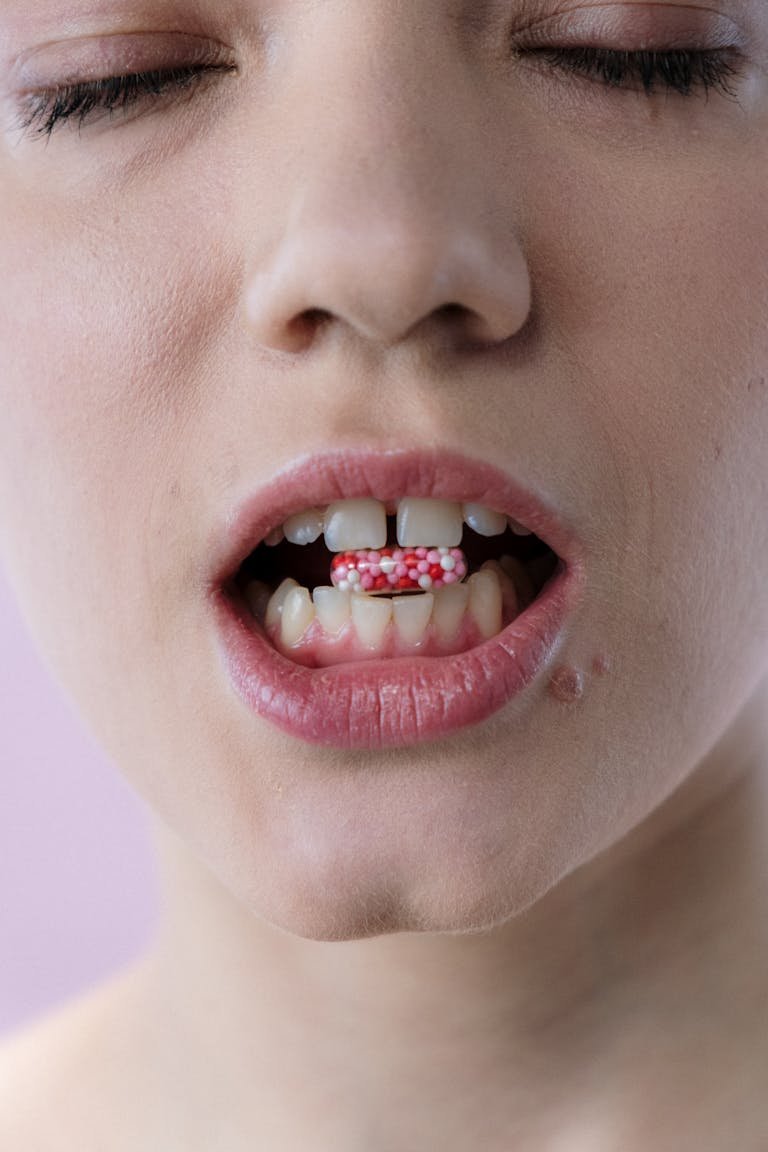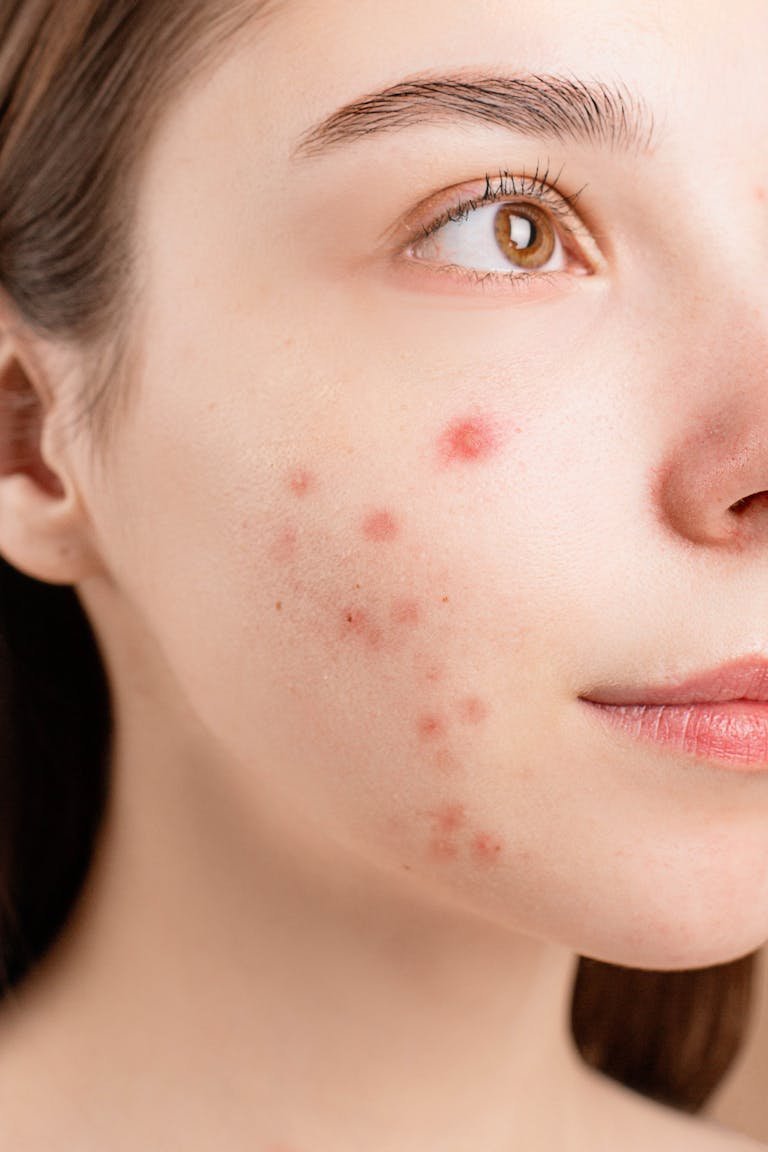Step-by-Step Guide To A Complete Skin Care Routine For Dry Skin
Dry skin can be challenging to manage and require more frequent care than other skin types. A good skincare routine for dry skin should include regular cleansing, moisturizing, exfoliating, and protection from the sun.
If you struggle with dry skin, we understand the frustration that comes with it. But fear not because we’ve got your back! This step-by-step guide will walk you through a completely dry skin care routine that will leave your complexion radiant and hydrated. Say goodbye to flaky patches and hello to a healthy glow – let’s dive in and unlock the secrets to achieving beautiful, nourished skin!
In this guide, we’ll show you how to create a tailored regimen that will help restore balance and hydration to your skin.
1. Start by taking stock of your current skincare regime.
Before starting any new skincare regimen, it’s essential to take stock of what you currently use and how it’s affecting your skin. This way, you can ensure that the products you choose to replace them are effective and compatible.
2. Evaluate your current moisturizer strategy.
Moisturizers are one of the most essential components of any skincare routine; they help keep our skin hydrated and lubricated so that it can function at its best. However, many rely on over-the-counter moisturizers without assessing their needs or lifestyle habits. To find the right moisturizer, it’s essential to evaluate your lifestyle and health habits first: Are you usually outdoors in cold weather? Do you sweat a lot?
The Three Main Types of Dry Skin
There are three main types of dry skin: dehydrated, oily, and combination. Dehydrated skin is the most common type and has decreased oil production. Oily skin has an overproduction of oil, while combination skin has a mixture of both types.
1. Step One: Cleanse your face
The first step in transforming your complexion is to cleanse your face. Make sure to remove all traces of makeup and any dirt or debris that could be causing your skin to become dry. Use a gentle facial cleanser that contains salicylic acid or benzoyl peroxide to help break down clogged pores and clear away dead skin cells. Apply enough pressure to remove all the dirt but be careful not to scrub too hard; you want to preserve the delicate layer of skin below. Follow up with a moisturizer that will help restore hydration lost during cleansing.
2. Step Two: Exfoliate
Next, you’ll need to exfoliate. This will help rid your face of dead skin cells and surface oils contributing to dryness. You can do this using a glycolic acid or alpha hydroxy acid (AHA) peel, which will remove the topmost layer of dead skin cells and improve circulation beneath the surface. Follow up with a moisturizer containing AHAs or other ingredients to help heal the damaged area.
3. Step Three: Protect your skin from further damage
Protecting your skin against sun damage and other environmental elements is essential to keep it healthy. You should wear sunscreen with SPF 30 or higher outside and reapply every two hours or after swimming or sweating heavily.
What Causes Dry Skin?
Various factors, including genetics, hormonal changes, environmental factors, and diet, can cause dry skin. Here are some tips to help you transform your complexion:
1. Cleanse your skin regularly with a gentle cleansing soap or facial wash. This will remove any build-up on your skin that may be causing it to become dry.
2. Use a moisturizer every night before bed. This will help keep your skin hydrated and healthy.
3. Avoid using harsh soaps or abrasive scrubs on your skin. These can further dry it out.
4. If you suffer from oily skin, use an oil-free moisturizer during the day to avoid overhydration at night.
5. Avoid sun exposure as much as possible if you have dry skin; UV rays can damage the cells in your skin and cause them to become more dehydrated and more sensitive to the environment’s elements.
How to Treat Dry Skin?
When it comes to dry skin, there are a few things that you can do to help:
1. Start with a clean face. Remove any makeup, dirt, or oil before starting your skincare routine. This will help reduce the inflammation and dryness you may experience.
2. Use an anti-inflammatory cream or lotion. Apply this cream or lotion every morning and evening to the affected areas of your skin. Choose a product that contains ingredients like salicylic acid or urea to help reduce inflammation and relieve symptoms of dry skin.
3. Keep hydrated. Drink plenty of water each day to help keep your skin hydrated and healthy. Avoid drinking alcohol, caffeine, and other beverages that dehydrate your skin.
4. Balance oil and dryness with moisturizers and serums. Finding the right balance between oil production and moisture loss is essential for healthy skin care results in dry conditions.
Transforming Your Skin Care Routine for Dry Skin
If you suffer from dry skin, there is good news: You can improve your complexion with a few simple tweaks to your skincare routine.
- To start, you’ll want to ensure you’re using the correct type of moisturizer. Many assume that simply using a water-based cream will be enough to hydrate their skin, but this isn’t always true. In fact, many dry skin sufferers need a heavier cream or gel formulation to really help restore moisture levels and keep their skin healthy and balanced.
- Another key factor in improving your complexion is making sure you’re taking regular breaks from your makeup. Too much makeup can cause your skin to become even drier and more sensitive over time, so it’s essential to take some time each day for yourself – whether that means putting on sunscreen and going outside for a bit or just taking a quick break in the bathroom – and allowing your skin to breathe.
- And finally, it’s crucial to pay attention to how you clean your face. Sweat and oils can build up on your face over time, causing an appearance issue – like oil acne – and increased sensitivity and dryness. To avoid any problems down the line, always use a mild facial cleanser designed specifically for dry skin (or mix two separate products if you need something stronger) before applying any moisturizer or serum.
FAQs
What is the best facial routine for dry skin?
The best facial routine for dry skin hydrates and nourishes the skin. Start by cleansing your face with a gentle cleanser for dry skin.
Next, apply an oil-based moisturizer that is specifically formulated for dry skin. Once a week, you can use an exfoliating scrub to help remove dead skin cells and reveal brighter-looking skin underneath.
It would be best to use a weekly hydrating mask to nourish the skin and provide essential nutrients and antioxidants.
What are the 3 skincare routines?
The three main skincare routines are cleansing, toning, and moisturizing. Cleansing helps rid the skin of dirt and debris and unclog pores; toners can help refine large pores, balance pH levels, and even out skin tone; and moisturizers provide hydration to the skin to prevent dryness.
Is Vitamin C serum good for dry skin?
Yes, Vitamin C serum can be very beneficial for dry skin. This powerful antioxidant helps to neutralize free radicals, brighten dull skin, and boost collagen production. It may also help reduce inflammation and fine lines caused by dryness.
Conclusion
There is no one-size-fits-all answer to restoring and maintaining healthy skin, but following a step-by-step guide can help you get started on the right path. This article discusses common dry skin issues and provides tips for addressing them. We also offer a complete dry skin care routine with topical and oral treatments. By following these steps, you can ensure that your skin remains hydrated and free from irritation.





